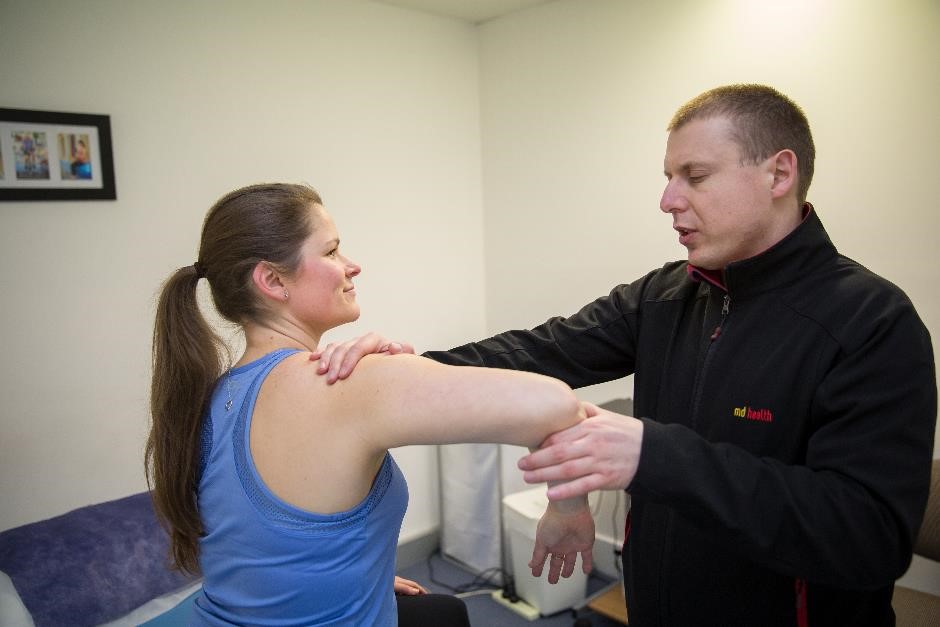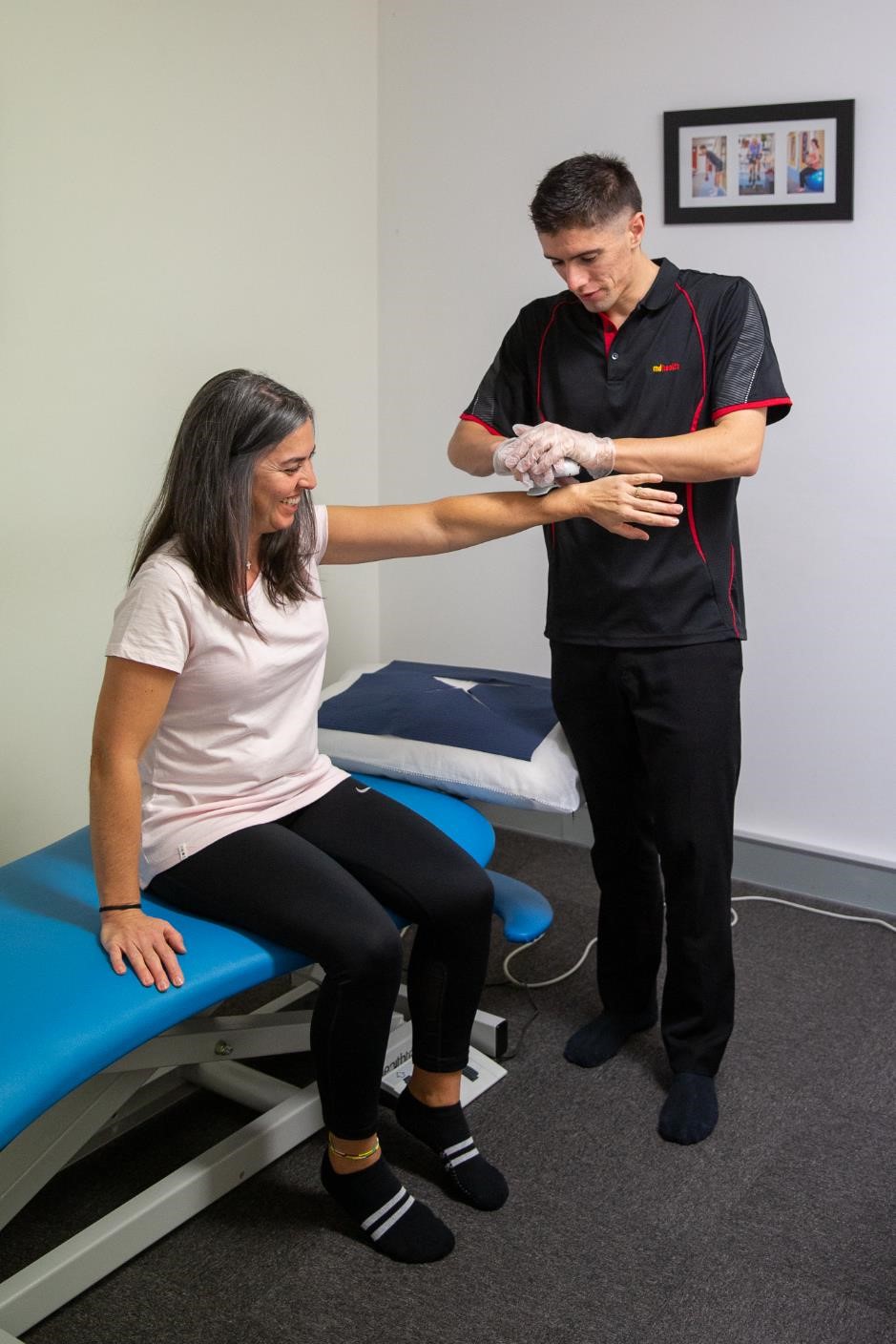Cubital Tunnel Syndrome - Fact Sheet
What is cubital tunnel syndrome ?
Cubital tunnel syndrome is a type of peripheral nerve compression disorder that affects the ulnar nerve as it passes through the cubital tunnel. The cubital tunnel is a narrow passageway located on the inside of the elbow, formed by the bones, ligaments, and muscles of the arm. The ulnar nerve runs through this tunnel and provides sensation to the ring finger and little finger, as well as controlling some of the muscles in the hand.

What causes Cubital Tunnel Syndrome?
Cubital tunnel syndrome is primarily caused when a person repeatedly bends their elbows (while pushing, reaching, or lifting), leans heavily on their elbow, or sustains an injury to the region. which can lead to compression or irritation of the ulnar nerve as it passes through the cubital tunnel. Prolonged pressure on the elbow, direct injury to the elbow, arthritis, or anatomical abnormalities such as bone spurs or cysts can also contribute to the condition.

Signs and Symptoms of Cubital Tunnel Syndrome
•Numbness or tingling – This is the most common symptom of cubital tunnel syndrome. It usually affects the ring and little fingers and can be accompanied by a feeling of pins and needles or a sensation of “electric shock”.
•Weakness – Cubital tunnel syndrome can cause weakness in the hand and forearm, making it difficult to grip or hold objects.
•Pain – Pain is often felt in the elbow and can radiate down the forearm to the hand. It can be aching, sharp, or burning and may be worse at night.
•Clumsiness – The affected hand may feel clumsy or weak, making it difficult to perform fine motor tasks such as buttoning clothes or holding a pencil.
•Wasting of the hand muscles – In severe cases, the muscles in the hand may start to waste away, resulting in a visible loss of muscle mass in the affected area. This is a sign of long-standing nerve compression and requires immediate medical attention.

Treatment of Cubital Tunnel Syndrome?
Nerve gliding exercises – These exercises involve moving the ulnar nerve through its natural range of motion to prevent adhesions and improve nerve mobility.
Soft tissue mobilization – This technique is done by a physiotherapist involves using manual therapy to release tension in the muscles and connective tissue around the elbow, which can help reduce compression on the ulnar nerve.
Strengthening exercises – Strengthening exercises for the forearm, hand, and wrist like wrist curls, reverse wrist curls, and grip squeezes can help improve grip strength and prevent further nerve damage.
Splinting – A splint can help to immobilize the elbow and wrist, which can reduce pressure on the ulnar nerve and allow it to heal.
Education – Education on proper posture and ergonomics can help reduce strain on the elbow and prevent aggravation of the ulnar nerve. It may also involve advice on modifying daily activities and avoiding positions that cause discomfort.



